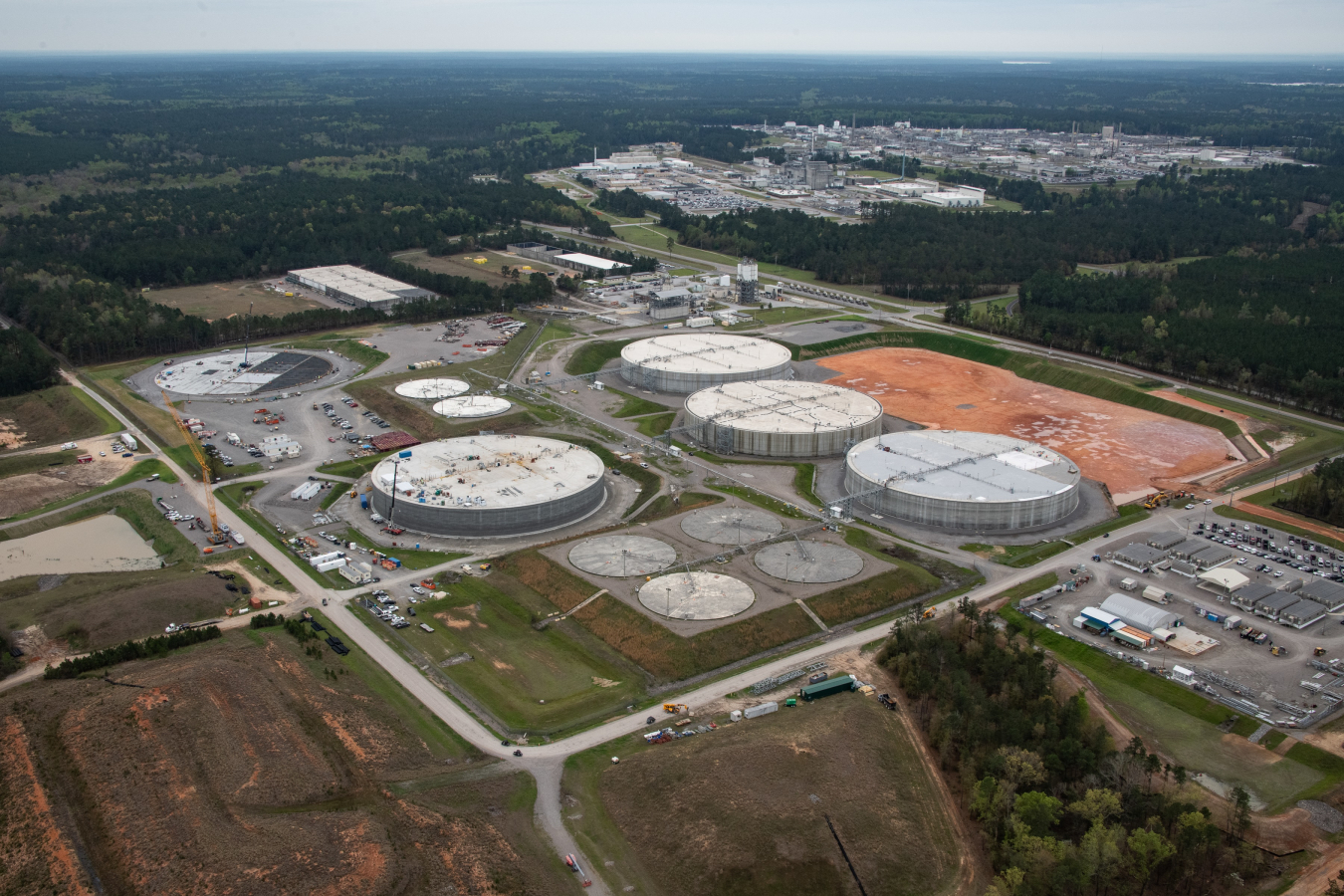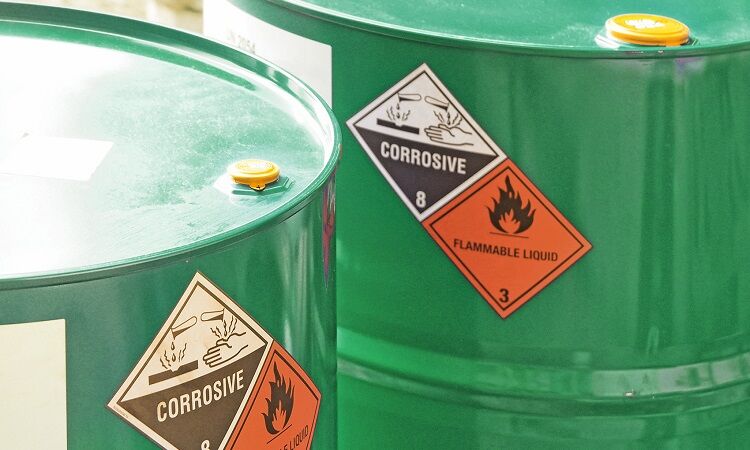Safe and Lasting Liquid Waste Disposal: Your Go-To Service Provider
Safe and Lasting Liquid Waste Disposal: Your Go-To Service Provider
Blog Article
Exactly How Fluid Garbage Disposal Functions: A Comprehensive Overview of Techniques and Technologies Used

Summary of Fluid Waste Kind
The complexity of liquid waste kinds demands a thorough understanding of their attributes and ramifications for disposal. Fluid waste can generally be categorized right into numerous types, consisting of industrial, community, agricultural, and dangerous waste. Each category shows unique buildings, requiring specific monitoring methods to reduce environmental and health and wellness dangers.
Industrial liquid waste stems from manufacturing processes and frequently includes a range of contaminants, such as heavy metals, solvents, and natural substances. Municipal liquid waste, largely comprising wastewater from houses and industrial establishments, includes raw material, nutrients, and microorganisms (industrial wastewater treatment). Agricultural fluid waste, including runoff from farms, may consist of fertilizers, pesticides, and animal waste, posing dangers to water top quality and environments
Hazardous liquid waste is defined by its toxicity, sensitivity, or prospective to create harm. This group includes materials like acids, bases, and specific chemicals that require strict handling and disposal procedures. Comprehending these diverse fluid waste kinds is vital for establishing efficient disposal approaches and making sure conformity with environmental policies. Correct classification and characterization are important for executing ideal treatment methods and decreasing the negative effect on public health and the setting.
Physical Treatment Techniques

Screening is the initial action, where bigger fragments and particles are removed from the liquid waste utilizing screens or grates. In sedimentation containers, much heavier particles clear up at the base, developing a sludge layer, while the made clear fluid can be further dealt with.
Filtering is one more vital method that includes passing the fluid with permeable products, such as sand or membranes, to capture smaller bits. This action improves the top quality of the liquid, making it suitable for succeeding therapy processes.

Chemical Treatment Strategies
Chemical treatment techniques are vital for successfully managing fluid waste, specifically in attending to dissolved and colloidal contaminants that physical techniques may not effectively eliminate. These strategies make use of different chemical representatives to counteract, precipitate, or change harmful materials right into less unsafe kinds.
One usual method is coagulation and flocculation, where chemicals such as alum or ferric chloride are included in promote the gathering of put on hold bits. This process enhances sedimentation, allowing for less complicated removal of the resulting sludge. In addition, oxidation processes, using representatives like chlorine or ozone, are employed to break down complicated natural compounds and virus, providing the waste much safer for discharge or more therapy.
Neutralization is one more essential method, which adjusts the pH of acidic or alkaline waste streams to neutral levels, avoiding possible damage to downstream systems and the setting. Furthermore, advanced oxidation processes (AOPs) utilize mixes of oxidants and ultraviolet light to break down persistent contaminants, accomplishing a greater level of treatment effectiveness.
Biological Treatment Processes
Biological treatment procedures play an essential duty in the management of fluid waste by utilizing microorganisms to decompose raw material and reduce contaminant levels. These procedures can be generally categorized right into cardio and anaerobic therapies, each using particular microbial neighborhoods to attain effective waste degradation.
Cardiovascular treatment includes the usage of oxygen to help with the malfunction of organic products by microorganisms. This procedure is typically executed in activated sludge systems, where oygenation containers supply a conducive setting for microbial development, bring about the oxidation of organic pollutants. The resultant biomass can be divided from dealt with effluent through sedimentation.
In comparison, anaerobic therapy occurs in the lack of oxygen, depending on various microorganisms to break down raw material. This approach is specifically useful for high-strength waste, as it creates biogas, an eco-friendly power source, while reducing sludge manufacturing. Technologies such as anaerobic digesters are often used in local and industrial applications.
Both aerobic and anaerobic biological treatments not only decrease the environmental impact of liquid waste but additionally promote resource recovery, making them vital parts of sustainable waste administration strategies. Their flexibility, efficiency, and effectiveness support their extensive application across different industries.
Emerging Technologies in Disposal
Ingenious strategies to fluid waste disposal are swiftly advancing, driven by improvements in technology and an enhancing focus on sustainability. Among these emerging YOURURL.com modern technologies, membrane bioreactors (MBRs) have obtained grip for their capacity to combine biological treatment with membrane layer filtering, causing top notch effluent that can be recycled in various applications. MBRs make it possible for smaller footprints and a lot more effective operations contrasted to traditional systems.
An additional encouraging site link growth is the use of anaerobic digestion combined with nutrient healing modern technologies, which not only treats fluid waste yet likewise creates biogas and recuperates valuable nutrients like nitrogen and phosphorus. This twin advantage boosts source effectiveness and lowers ecological effect.
In addition, progressed oxidation processes (AOPs) are being taken on for the destruction of complex organic toxins. These approaches make use of effective oxidants and drivers to damage down contaminants at the molecular level, supplying a very efficient remedy for challenging waste streams.
In addition, the assimilation of expert system and machine understanding in waste management systems is maximizing functional performance and predictive maintenance, leading to reduced prices and improved environmental compliance. These modern technologies show a significant shift in the direction of more efficient and lasting fluid waste disposal techniques.
Verdict
To conclude, reliable fluid waste disposal necessitates a thorough understanding of various methods and technologies. The assimilation of physical, chemical, and organic treatment approaches ensures the efficient monitoring of varied waste kinds. Furthermore, the introduction of ingenious innovations boosts therapy efficiency and promotes sustainability in waste monitoring practices. By continuously advancing these approaches, it ends up being possible to resolve the growing difficulties linked with liquid waste, inevitably adding to ecological security and source recuperation.
Fluid waste disposal is an essential aspect of environmental monitoring, needing an extensive understanding of numerous techniques and technologies customized to various waste kinds. Liquid waste can generally discover this be classified into numerous kinds, consisting of commercial, metropolitan, agricultural, and harmful waste. Agricultural fluid waste, consisting of overflow from ranches, might consist of fertilizers, pesticides, and animal waste, posing risks to water top quality and environments.
Different physical therapy techniques play a crucial duty in taking care of fluid waste efficiently - industrial wastewater treatment.In final thought, effective liquid waste disposal demands a thorough understanding of different methods and modern technologies
Report this page